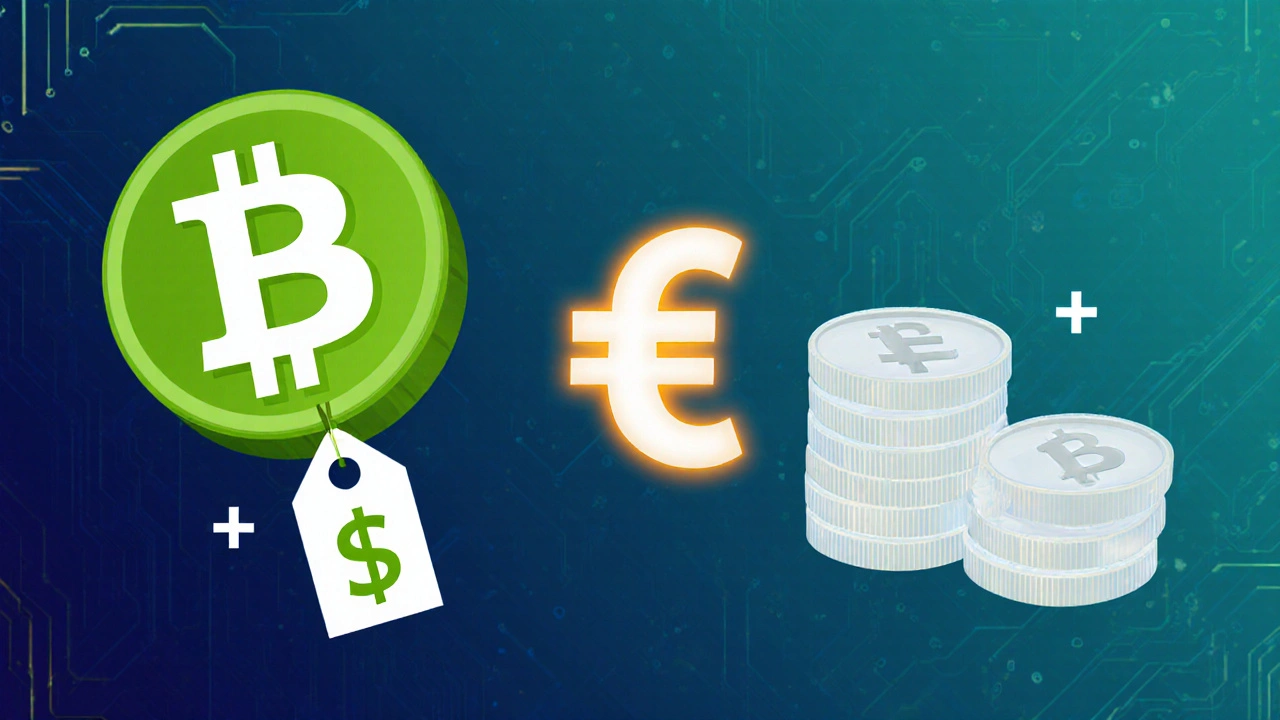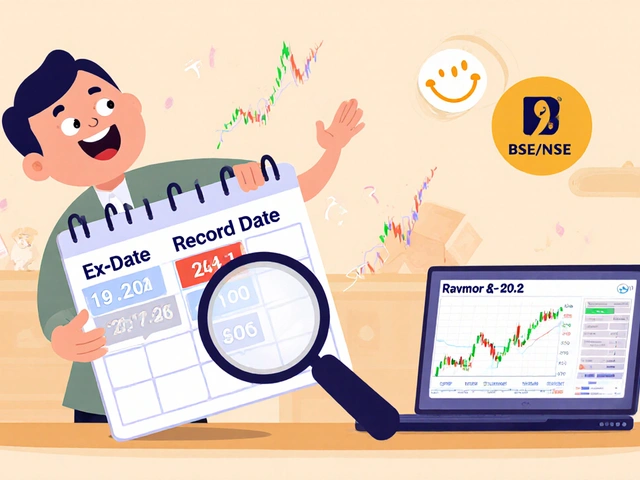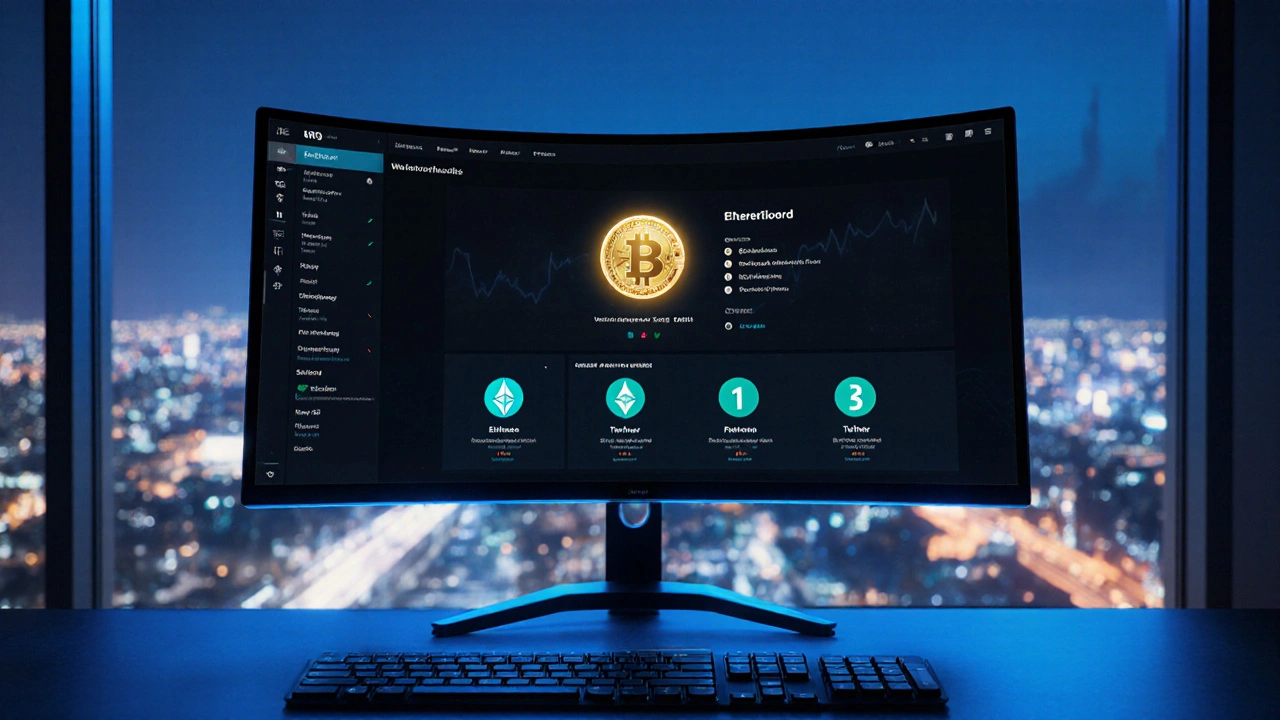CoinMarketCap Ranking Explained: What It Is and How It Works
Ever opened a crypto dashboard and wondered why Bitcoin sits at #1 while a brand‑new token lands at #200? The answer lies in the CoinMarketCap ranking, a snapshot of how the crypto world orders itself by market value. Knowing what this ranking really means can sharpen your research, spot trends early, and keep you from chasing hype.
What is CoinMarketCap?
CoinMarketCap is a data platform that aggregates price, volume, and market‑cap metrics for thousands of digital assets across dozens of exchanges. Launched in 2013, it became the go‑to reference for anyone needing a quick look at the crypto market’s size and composition. The site’s flagship feature is its ranking table, which orders every listed cryptocurrency by a single number: market capitalization.
How is Market Capitalization Calculated?
Market cap isn’t a mysterious algorithm; it’s a simple multiplication:
- Take the price of one coin (in USD, unless you switch the fiat).
- Multiply by the circulating supply, which counts only the tokens that are actually in users’ wallets.
For example, if a token trades at $2 and 50million of its coins circulate, the market cap equals $100million. CoinMarketCap pulls price data from a weighted average of major exchanges, then applies the reported circulating supply from the project’s blockchain explorer or official announcements.
What Data Feeds Into the Ranking?
Beyond market cap, the ranking table shows several columns that help you read the list at a glance:
- Price - the current trading price, updated every few seconds.
- 24‑h Volume - total trade value across all exchanges in the last 24hours.
- Change % (24h) - price movement over the past day.
- Supply - both circulating and total supply where applicable.
- Market Cap - the ranking metric, shown in millions or billions of USD.
These figures are not static. A sudden surge in volume can push a coin higher in the list even if its price stays flat, because the underlying market‑cap formula incorporates the latest circulating supply (which can change via staking, burns, or vesting schedules).

How the Ranking Table Is Structured
The table is divided into three key sections:
- Top 10 - the heavy hitters that dominate the crypto market. Bitcoin, Ethereum, and a few large‑cap altcoins usually hold the first slots.
- Mid‑range (rank 11‑100) - projects with market caps from roughly $1billion to $10million. This slice often includes emerging DeFi platforms, layer‑2 solutions, and niche utility tokens.
- Beyond 100 - a long tail of newer or highly specialized tokens. Some may have strong community backing but low market cap due to limited circulation.
Each row links to a detailed page featuring historical charts, on‑chain metrics, and a list of blockchain explorers where you can verify supply data.
Using the Ranking for Research and Decision‑Making
Here are three practical ways to turn the ranking into actionable insight:
- Identify market leaders. The top five usually set the direction for overall sentiment. When Bitcoin dips, many altcoins follow.
- Spot rapid movers. Look for coins that jump more than 10% in rank within a week. A surge often signals new partnerships, listings on major exchanges, or a breakthrough product launch.
- Assess diversification. By summing the market caps of the top10, you can see how concentrated the market is. If the top10 own 80% of total crypto market cap, the ecosystem is heavily skewed toward a few assets.
Remember, market cap is a size metric, not a value‑assessment tool. A high cap doesn’t guarantee stability, and a low cap isn’t always a red flag.
Common Pitfalls and Limitations
Even the most diligent traders trip over a few traps when interpreting the ranking:
- Inflated supplies. Some projects count tokens that are locked in treasury or reserved for future airdrops as “circulating,” inflating market cap artificially.
- Fake volume. Certain exchanges report wash‑trading, which can boost the 24‑h volume column and make a coin appear more liquid than it really is.
- Price manipulation. Because the price is an average of many exchanges, a coordinated push on a small, low‑liquidity market can temporarily inflate market cap.
Cross‑checking a coin’s official blockchain data, reading the project’s audit reports, and comparing rankings across multiple aggregators (e.g., CoinGecko) can mitigate these risks.

Quick Checklist to Read the CoinMarketCap Ranking
- Verify the circulating supply source - is it from the on‑chain explorer?
- Check the 24‑h volume - does it come from reputable exchanges?
- Note the price change % - large swings often precede news events.
- Look at the rank movement column (if displayed) - sudden jumps can indicate new listings.
- Compare the top‑10 market‑cap share to the total market cap displayed at the top of the page.
Side‑by‑Side: Top Coins by Market Cap vs. By 24‑h Volume
| Rank Category | Name | Market Cap (USD) | 24‑h Volume (USD) |
|---|---|---|---|
| Market‑Cap #1 | Bitcoin (BTC) | $610B | $12B |
| Market‑Cap #2 | Ethereum (ETH) | $260B | $8B |
| Market‑Cap #3 | Tether (USDT) | $84B | $45B |
| Volume #1 | Tether (USDT) | $84B | $45B |
| Volume #2 | Bitcoin (BTC) | $610B | $12B |
| Volume #3 | Ethereum (ETH) | $260B | $8B |
Notice how stablecoins dominate volume because they are used for rapid transfers between exchanges. The table helps you see that high volume doesn’t always equal high market cap, a nuance important for liquidity‑focused traders.
Frequently Asked Questions
How often does the CoinMarketCap ranking update?
The data refreshes every 1-2 minutes for price and volume, while circulating supply updates when a project announces a change or when the blockchain confirms a new mint/burn event.
Can a coin’s rank be manipulated?
Yes, especially if a token trades on a single low‑liquidity exchange. Artificially inflating price or volume can temporarily boost market cap, but the effect usually fades once the token appears on larger venues.
Why do some coins have a ‘max supply’ that is higher than the circulating supply?
The max supply is the absolute ceiling set by the protocol. Tokens may be locked, reserved for future development, or released gradually via staking rewards, so only a portion is counted as circulating.
Should I invest based solely on market‑cap rank?
No. Rank tells you size, not fundamentals. Combine rank with on‑chain activity, team credibility, and use‑case analysis before committing funds.
How does CoinMarketCap handle tokens that exist on multiple blockchains?
Each chain version gets its own entry with a separate market‑cap calculation. The platform also shows a combined view if the token’s contract addresses are linked in the project’s metadata.
Understanding the CoinMarketCap ranking turns a long list of numbers into a clear picture of who’s leading the crypto space, who’s gaining momentum, and where the real risks hide. Use the checklist, keep an eye on supply data, and treat the rank as a starting point-not the final verdict.





